News From the Festival
Measure for Measure Preview
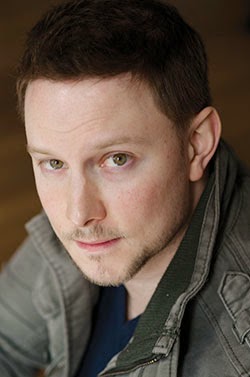
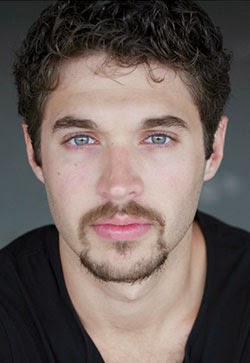
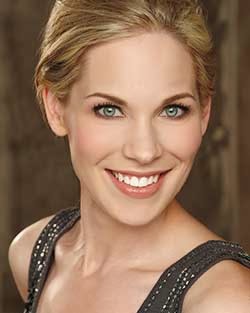


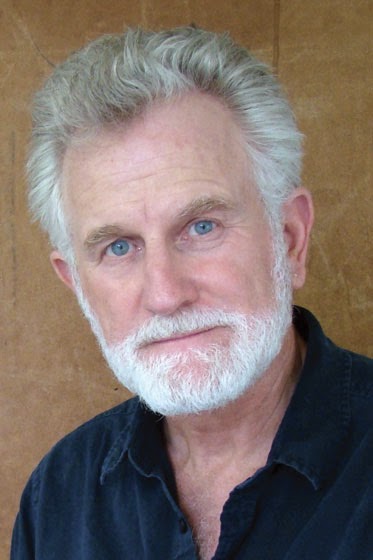


Steve Wojtas
Zack Powell
Tracie Thomason
Measure for Measure
Written by William Shakespeare
Directed by Laura Gordon
This week, the Stage Door is opening again and we’re featuring ***Measure for Measure,considered one of Shakespeare’s more complex plays, pitting justice against mercy. Today’s preview is the first look behind Measure For Measure’***s stage door; check back each day this week on Facebook, Twitter, and Pinterest as we bring you director and actor interviews as well as podcasts, design renderings and more.
Principal Characters:
Vincentio, played by John Preston: The kindly, philosophical duke of Vienna, Vincentio puts the government in Angelo’s hands in the hope he can enforce the laws more strictly.
Angelo, played by Steve Wojtas: The Duke’s deputy, he is in charge of the government while Vincentio is gone. He rules with an iron hand, but ignores his own mistakes and hypocrisy.
Escalus, played by Henry Woronicz: An ancient lord and counselor to Vincentio, he tries to instill reason and virtue in Angelo’s government.
Claudio, played by Zack Powell: Isabella’s brother, Claudio is betrothed to Juliet and is sentenced to death by Angelo for having sex with her.
Isabella, played by Erika Haaland: About to take her vows as a nun, Isabella is a very virtuous and chaste young woman. Angelo proposes that if she has sex with him, he will pardon her brother Claudio. She refuses and pleads for mercy.
Mariana, played by Tracie Thomason: Betrothed to Angelo five years ago, Mariana was jilted when she lost her dowry in a shipwreck.
Juliet, played by Natasha Harris: Claudio’s beloved lover, Juliet is pregnant and planning to marry Claudio.
Summary:
Can goodness survive in a corrupt society? Can evil be meted out, with justice and mercy? Can chaste, innocent Isabella endure the foul machinations of those around her? Shakespeare, in this seldom-produced but daring “dark comedy,” tests integrity and decency to their limits. But, in the end, Isabella remains virtuous, and truth proves stronger than swords and evil men.
For more details (synopsis, podcasts, etc.) about this play, please visit http://www.bard.org/plays/measure2014.html.
Measure for Measure opens June 24 in preview and runs through August 29. You can buy tickets at www.bard.org or by calling 800-PLAYTIX.
Ways to Connect Online:
Facebook:
https://www.facebook.com/utahshakespeare
YouTube:
http://www.youtube.com/utahshakespeare1
Pinterest:
http://pinterest.com/utahshakes/
Instagram:
http://instagram.com/utahshakespeare
Twitter:
https://twitter.com/#!/UtahShakespeare
Follow @UtahShakespeare.
John Preston
Henry Woronicz
Erika Haaland
Natasha Harris
Twelfth Night with Nell Geisslinger as Viola and Melinda Pfundstein as Olivia
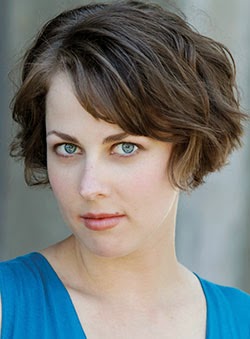
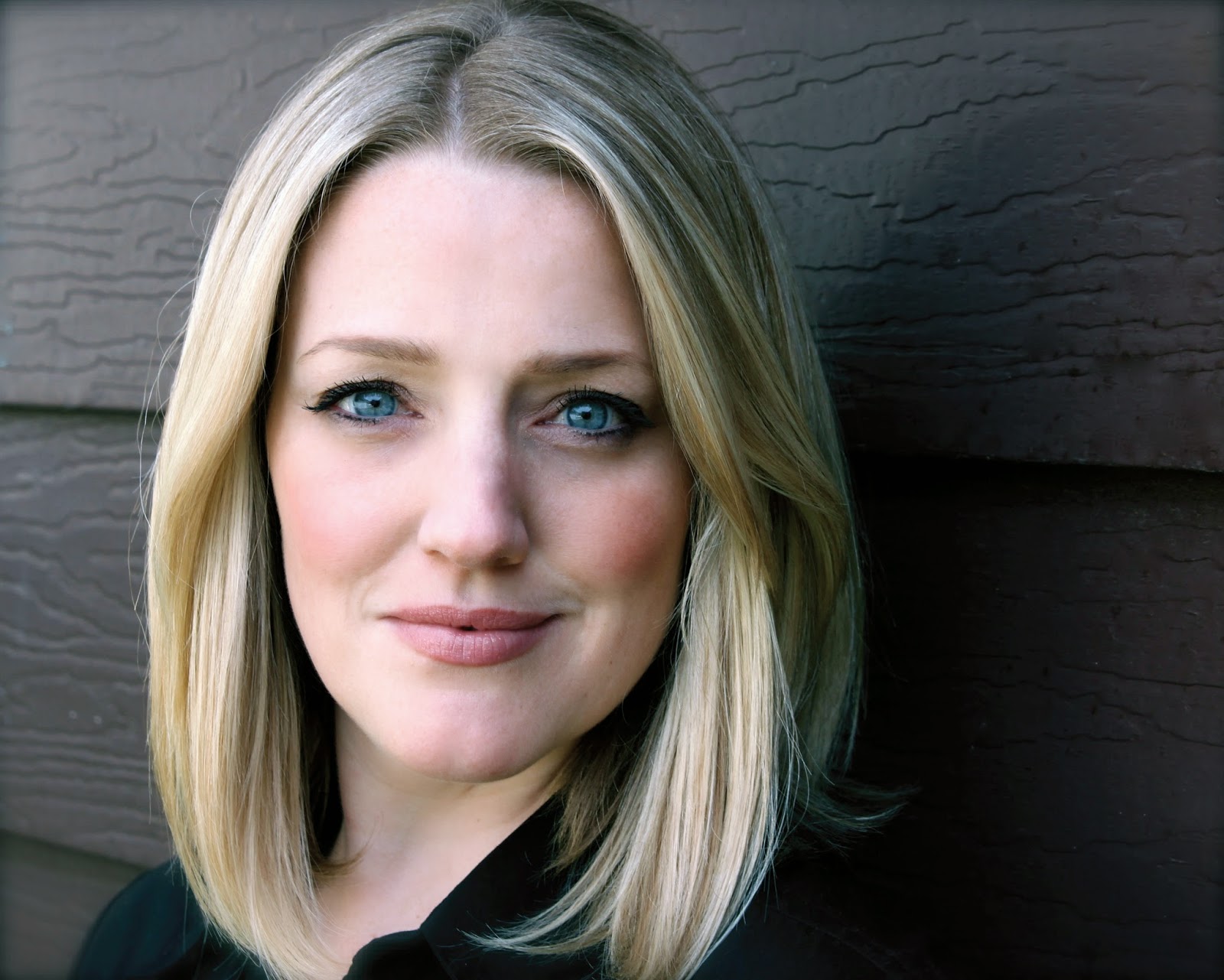
Nell Geisslinger
Nell Geisslinger (Viola) is new to the Festival. She’s been a company member at Oregon Shakespeare Festival for ten years. While there, she worked with David Ivers, director of this production, playing Kate in the 2013 production of The Taming of the Shrew and as Associate Director with him in the 2014 production of Cocoanuts**.**
Melinda Pfundstein (Olivia) has performed at the Festival for many seasons. Last year she played Constance in King John and Rosaline in *Love’s Labour’s Lost.*She’s also performed multiple roles at other theatres including Milwaukee Repertory Theatre.
We recently chatted with them to get their thoughts on this play.
Talk about the strong element of grief in the play:
Melinda: At the top of the show, you learn that my father and brother passed away within the past year - long enough ago that when fresh air comes into the compound, the household is ready to breathe some life back into the dynamic again.
Nell: I’m particularly interested in how putting on the mask of Cesario and “acting”, is a way to embrace grief and move through life.
Also, I’ve been looking at how many questions Viola asks. This place is completely new to her and it’s kind of old and tired for everybody else. She does breathe new life in because everything the others take for granted is totally foreign to her. Anytime something new comes into your life that’s the opportunity for change. So Viola’s at a big turning point in her life.
M: Olivia has created this safe box, this safe compound where everybody is probably telling her what she wants to hear and everybody, we know from the top of the play, is on board with this - they are doing what she’s asked of them. I don’t know that there has been much truth spoken.
N: Truth is at the core of the play. David keeps reminding us to look at the subtitle, which is “what you will”. What are people choosing to believe versus what is the truth? When people are confronted with a new situation, do they go down a path of delusion or accept the truth and change?
Tell us about the transition from the grief and tragedy to comedy.
N: People who are in a state of change and a state of grief, that lends itself to extreme emotional shifts. In Commedia, that’s the definition of comedy.
M: The comedy is based in truth. It’s based in these people trying to will these things to happen. And not getting what they expect.
How do you prepare for a role?
M: I tend to shut down if I memorize too much. I prefer coming in knowing what everything means and having a point of view. It has to be incomplete in the memorization for me to be as open as I want to be.
N: One of the ways I familiarize myself with the text is this exercise I call charting. I take big sheets of butcher paper and I chart different themes/elements of the plays. There’s a section I do on diction, so I look at where it’s prose, poetry, rhyming couplets - repetition of words and phrases. Themes - for example, in Twelfth Night, I look at the first line “If music be the food of love, play on.” So I charted music, food, love and play.
Any last thoughts?
N: Come see the play! It’s about love and death. We still deal with those things every day.
M: David keeps reminding us “How willing are you to find a life in the face of death?”
For more details (synopsis, podcasts, etc.) about this play, please visit http://www.bard.org/plays/twelfth2014.html.
Twelfth Night opens June 23 in preview and runs through October 17. You can buy tickets atwww.bard.org or by calling 800-PLAYTIX.
Ways to Connect Online:
Facebook: https://www.facebook.com/utahshakespeare
YouTube: http://www.youtube.com/utahshakespeare1
Pinterest: http://pinterest.com/utahshakes/
Instagram: http://instagram.com/utahshakespeare
Twitter: https://twitter.com/#!/UtahShakespeare
Follow @UtahShakespeare.
Melinda Pfundstein
Child Care Wish List
The Festival Child Care Wish List
The Utah Shakespeare Festival has long been known for its customer service—including offering child care, a service instituted by Founder Fred C. Adams in the early years of the Festival. Our fully-licensed, professional child care is still very popular, but we could use your help.
Festival Child Care is looking for a few items to make the experience even better for the little ones who are too young to attend the plays. Please consider donating any of the following items, if you can:
• Reclining umbrella-type strollers.
• Craft supplies, including jewels, glue, glue sticks, etc.
• Outdoor play equipment, including balls, wagons, tricylces, basketballs, child basketball hoops or other toys.
• Bedding, including pillows, baby blankets, television pillows, etc.
• Sandbox toys of any kind.
• DVDs of children’s movies, cartoons, etc. for ages three to twelve.
If you have any of these items that are in good condition, you can donate them to the Festival by dropping them off at our administrative offices or at child care.
“We greatly appreciate the assistance of our many guests,” said Child Care Manager Kristine Cooley. “We love taking care of your children, and thank you for any donations you can make that will improve their experience.”
Twelfth Night Preview

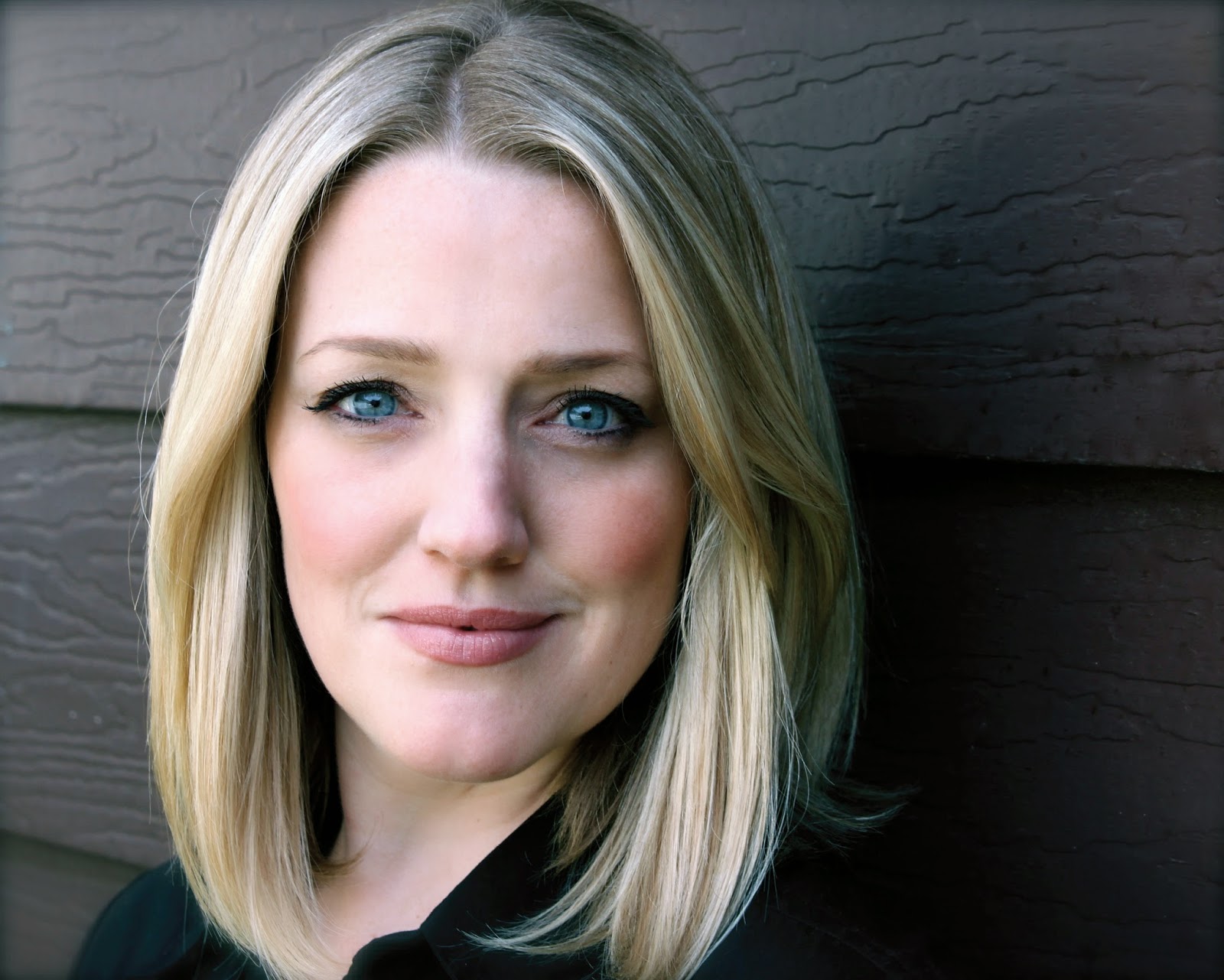
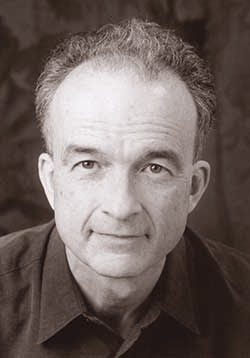


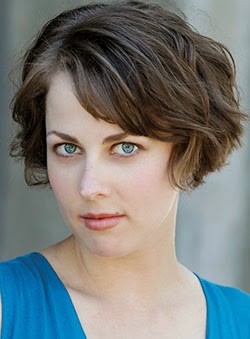
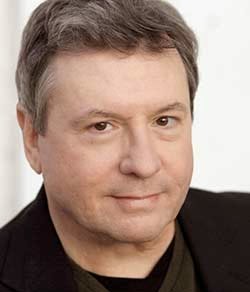
Zach Powell
Melinda Pfundstein
David Pichette
Twelfth Night
Written by William Shakespeare
Directed by David Ivers
Over the next seven weeks, we will be giving guests a “Behind the Stage Door” look at the shows this season; each week we will be featuring one production leading up to opening. With the help of social media we will be sharing insider information from directors, actors and designers.
“Finding Love When You Least Expect It” is why
Twelfth Night
is one of Shakespeare’s most popular plays. Today’s preview is the first look behind Twelfth Night’s stage door; the door will open again each day this week on Facebook, Twitter, and Pinterest as we bring you director and actor interviews as well as podcasts, design renderings and more.
Principal Characters:
Orsino, played by Grant Goodman: The duke of Ilyria, Orsino is usually melancholy and in love with being in love.
Sebastian, played by Zack Powell: The twin brother of Viola, he is a noble young man who is shipwrecked along with his sister and ends up in Ilyria.
Viola, played by Nell Geisslinger: Twin sister of Sebastian, she is a strong and capable young woman who dresses as a boy, Cesario, to survive in this strange country.
Olivia, played by Melinda Pfundstein: A countess, she is in mourning (for seven years!) for her deceased brother.
Sir Toby Belch, played by Roderick Peeples: The uncle of Olivia, he lives in her household and uses her generosity to him as a way to support his life of drink and song.
Malvolio, played by David Pichette: A steward and foolish suitor of Olivia, Malvolio is the opposite of Sir Toby and Maria. His arrogance with them eventually leads to their tricking him and cruelly locking him in a dark room.
Summary:
Shipwrecks, twins and disguises! Orsino loves Olivia (who won’t give him the time of day). Olivia loves Viola (whom she thinks is a boy). Viola loves Orsino (who doesn’t know she’s a girl). Malvolio loves being in love, and Andrew, Toby Belch, and Maria love life to its fullest. It’s all rollicking confusion, but this hilarious cast of characters, in the end, does find love when they least expect it.
For more details (synopsis, podcasts, etc.) about this play, please visit http://www.bard.org/plays/twelfth2014.html.
Twelfth Night opens June 23 in preview and runs through October 17. You can buy tickets at www.bard.org or by calling 800-PLAYTIX.
Ways to Connect Online:
Facebook:
https://www.facebook.com/utahshakespeare
YouTube:
http://www.youtube.com/utahshakespeare1
Pinterest:
http://pinterest.com/utahshakes/
Instagram:
http://instagram.com/utahshakespeare
Twitter:
https://twitter.com/#!/UtahShakespeare
Follow @UtahShakespeare.
Grant Goodman
Nell Geisslinger
Roderick Peeples
Playmakers Summer Shakespeare
Playmakers Summer Shakespeare Starts Soon
CEDAR CITY, Utah – The Education Department at the Utah Shakespeare Festival is excited to announce its twelfth annual Playmakers Summer Shakespeare Program.
The Playmakers Summer Shakespeare Program is for beginners and returning students. Registration is open for youth 6-17 and is only $90. Classes run on weekdays from 1 to 3 p.m. from June 16 to 28.
Students can expect to learn Shakespearean scene work, songs and the essential building blocks for theatre performance. The workshop culminates in a performance of selected scenes and musical numbers from the current season on June 28 on the Adams Shakespearean Theatre stage. Included in the registration fee is a free ticket to see the Festival’s production of The Comedy of Errors.
Playmakers was created by Education Director Michael Bahr in 2002 as a way to extend the Festival’s educational offerings to the community year-round. Playmakers is a great opportunity for students to learn not only about theatre, but also about team work, problem solving and creative thinking.
Bahr commented, “we have been thrilled with the successes of this program; hundreds of students have received their first acting experience through this program and have grown as actors and students.”
For more information or to register call (435) 865-8333 or email usfeducation@bard.org.
Meet our New General Manager

A New General Manager for the Utah Shakespeare Festival
Cedar City, UT – After an extensive search and interview process, the Utah Shakespeare Festival recently announced the hiring of Zachary Murray as its new general manager.
As General Manager, Murray will serve in a senior leadership role working with R. Scott Phillips, executive director, and David Ivers and Brian Vaughn, artistic directors, to support the goals, vision, and mission of the Festival. This is accomplished by overseeing all of the financial strategies and business operations. Murray will assist in protecting the artistic integrity of the Festival through long-term financial planning and stability.
“We spent a great deal of time and care in our general manager search as this will be a key position to the future of the Festival,” said Phillips. “I think Zachary will be a great addition to our company; he’s uniquely qualified because of his experience working in the financial arena and passion for the arts. Coming from an accounting background with Southern Utah University, in Cedar City, Zachary will be able to assist me in making financially viable choices for the growth and expansion of the Festival for years to come.”
Murray brings a wealth of knowledge and professional experience to the position. After receiving his bachelor’s degree in accounting from Southern Utah University, he continued to work in the field obtaining quality accounting practice. He then opened his own business and returned to SUU to obtain a duel master’s degree in business administration and accounting. After a few years away, SUU offered Murray a newly created position in the Student Services Division. He developed the position and became an asset to student services and the financial services areas. He was then presented with the opportunity to work directly for the controller’s office as the plant and auxiliary accountant where he prepared financial reports, helped with budget projections and provided support to multiple departments on campus. His time with SUU has given him a solid foundation in merging business with higher education practices. And now he plans to incorporate his expertise into supporting and enhancing the preforming arts.
“I am very excited at this new challenge in my career,” said Murray. “It’s important to work for an organization where you believe in the mission, and I think the Festival brings a lot of educational awareness and artistic value to the community, region and thousands of stakeholders. I’m looking forward to working with a team where together we can analyze and evaluate the information, which will then influence strategic long-range plans and organizational goals of the Festival. Accounting is the art of examining what an organization looks like financially and I can’t wait to provide timely, efficient and useful reports, policies and procedures that will help improve the financial health and longevity of the Festival.”
Flachmann Fellows
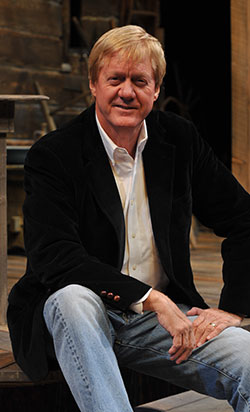
Flachmann Fellows Carry on the Legacy of Long-Time Festival Dramaturg
Cedar City, UT – Last August the Utah Shakespeare Festival lost long-time Festival dramaturg, author, and friend, Dr. Michael Flachmann. The passing was felt far and wide as he left behind a legacy of service and passion for education and the arts. Dr. Flachmann spent over 25 years with the Festival infusing productions with scholarship, context and vitality.
Dr. Flachmann taught Shakespeare at California State University, Bakersfield, during the academic year and then extended his expertise to the Utah Shakespeare Festival in the summer, consulting with directors as they worked to bring the visions for their productions to fruition. He dedicated his entire adult life to helping people of all ages appreciate the world of Shakespeare and of theatre in general.
In order to honor and pay respect to his remarkable work, friendship, and dedication Artistic Directors David Ivers and Brian Vaughn have established the Flachmann Fellows, an endowed program which will provide employment for one or two research scholars each season.
“Michael would be thrilled that the job he held with the Utah Shakespeare Festival for over 25 years has been turned into an educational program,” said Dr. Kim Flachmann, Michael’s wife. “There are very few training programs for dramaturgs, but now, thanks to the enterprising efforts of Brian and David, what brought Michael such joy has been redesigned so others can learn this very special trade.”
The inaugural candidates Dr. Sarah McCarroll and Frank Honts, will cover dramaturgical duties across five productions in the 2014 season. Initial funding for these dynamic fellows will be provided from within the Festival’s annual budget. The Fellows will receive a stipend, housing and a small supply budget to aide the work.
Dr. McCarroll is an Assistant Professor of Theatre at Georgia Southern University, where she teaches courses including Theatre History, Script Analysis, and Costume Design. In addition, she is a faculty member in the Center for Irish Research and Teaching. She holds a Ph.D. in Theatre History from Indiana University and an MFA in Costume Design from the University of Alabama. Her research interests combine these two fields via the examination of clothing and bodies on the 19th century English stage. Dr. McCarrol has been working with the Festival since 2003. She started as a stitcher and has since held a number of positions in the Festival Costume Shop over the past decade, including first hand and wardrobe supervisor. She is honored to be one of the inaugural Flachmann Fellows and delighted to explore a new role at the Festival.
Frank Honts is thrilled to be returning to the Festival for his second season and is honored to be an inaugural Flachmann Fellow. In 2011, Honts was the assistant director for the Festival’s productions of The Winter’s Tale and Dial “M” for Murder. For over three seasons, he was the production dramaturg for six shows at Forward Theater Company in Madison, Wisconsin, including In the Next Room, Good People, Going to St. Ives, and The Farnsworth Invention. Honts was also artistic associate at Forward Theater, where he helped to organize the company’s casting and play selection. Recent directing projects include Rep Lab (Milwaukee Rep’s short play festival), 9 Circles (Midwest premiere), Speech & Debate, Discovering Austen (world premiere), and staged readings of Uncivil Disobedience and Oatesland. He has also worked as an assistant director at Milwaukee Repertory Theater, California Shakespeare Theater, American Players Theatre, Madison Opera, and Forward Theater Company. Frank received his A.B. in history from Brown University.
“Each dramaturg will work in and out of the rehearsal hall to provide valuable research and insight into our seasonal productions,” said Ivers. “Please join us in welcoming Sarah and Frank to the Festival and to our larger community.”
“With this program, the Festival will now provide others the opportunity to learn how to be a dramaturg and play a role in the exciting mission of bringing words on a page to life for others to appreciate,” said Dr. Flachmann. “The Flachmann Fellows are a very special tribute to Michael and to everyone at the Festival who continues to work hard each year to offer the best lessons about life to their audiences.”
Announcing the 2015 Season!

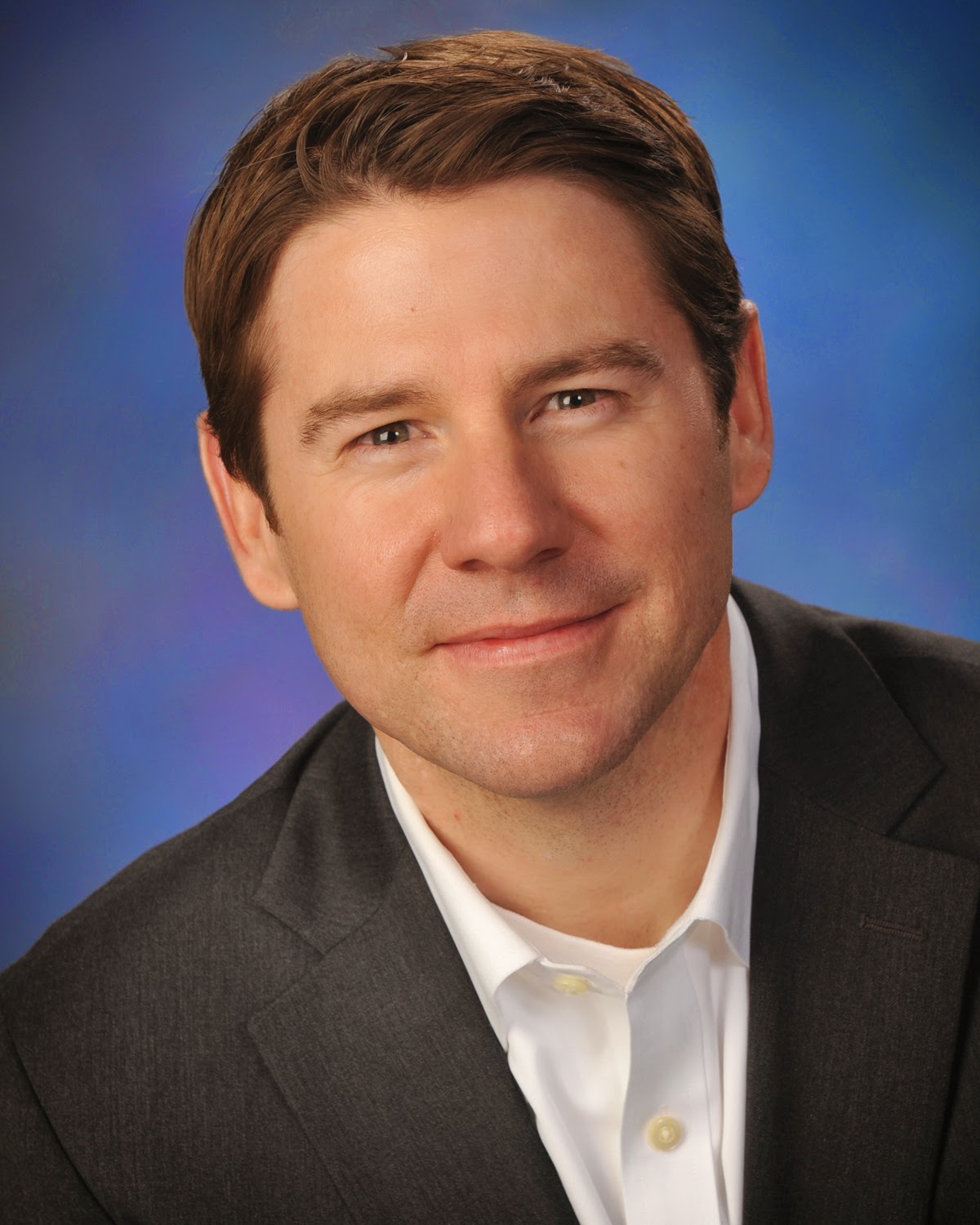

The Utah Shakespeare Festival recently revealed its 2015 season, eight exciting and diverse comedies, musicals, tragedies, and histories running from June to October. Artistic Directors David Ivers and Brian Vaughn announced the season, which includes four Shakespeare classics, a Rodgers and Hammerstein musical, a classic American farce, one of the world’s greatest suspense thrillers, and the story of the famous composer, Wolfgang Amadeus Mozart.
Tickets for the 2015 season go on sale June 23, 2014. They are available via the Festival website, www.bard.org; telephone, 800-PLAYTIX; or at the Ticket Offices at the Adams Shakespearean and Randall L. Jones theatres.
The Adams Shakespearean Theatrewill feature three plays by William Shakespeare, playing from June to August. First is the Festival’s continuation of its History Cycle with the fourth play in Shakespeare’s theatrical chronicle of England and its kings: Henry IV Part Two. Henry IV Part Twopicks up where Henry IV Part One left off. Theatregoers won’t want to miss this epic family drama that ultimately leads up to the War of the Roses.
Also in the Adams Theatre will be two of the Bard’s greatest works, King Learand The Taming of the Shrew – two shows on opposite ends of the theatrical spectrum. One demonstrates a mighty king who falls into a state of tragic disintegration and madness while the other is a witty, slapstick comedy about the battle of the sexes.
In the Randall L. Jones Theatre will be Rodgers and Hammerstein’s captivating and Pulitzer Prize winning musical South Pacific, as well asAmadeus, Peter Shaffer’s brilliant fictionalized account of the lives of composers Wolfgang Amadeus Mozart and Antonio Salieri.
In addition, the Randall Theatre will also include the hilarious farce Charley’s Aunt by Brandon Thomas*.* Love, romance, and secret disguises drive the plot ofCharley’s Aunt, which will play throughout the Festival season, from June to October. Rounding out the late end of the season will be Shakespeare’s romantic adventure The Two Gentlemen of Verona andSteven Dietz’s Dracula, adapted from Bram Stoker’s original novel. Both will play from September to October.
“This new year, 2015, is yet another thrilling season that not only keeps our mission front and center, but further bolsters our commitment to the works of William Shakespeare,” said Ivers. “I’m particularly excited to shareAmadeuswith our audiences and to return Charley’s Aunt to the Randall Theatre. In addition, by the time the 2015 season opens, the new Beverley Taylor Sorenson Center for the Arts will be rising out of the red earth before our eyes. There’s a lot to look forward to.”
Vaughn agreed: “The 2015 season marks the conclusion of an amazing trajectory of work in the Adams Shakespearean Theatre. The last full season in the theatre, 2015 will be a time full of reflection, regard and much remembrance as we celebrate the next glorious chapter of the Utah Shakespeare Festival.”
Brian Vaughn
David Ivers
The Festival's Annual Birthday Bash
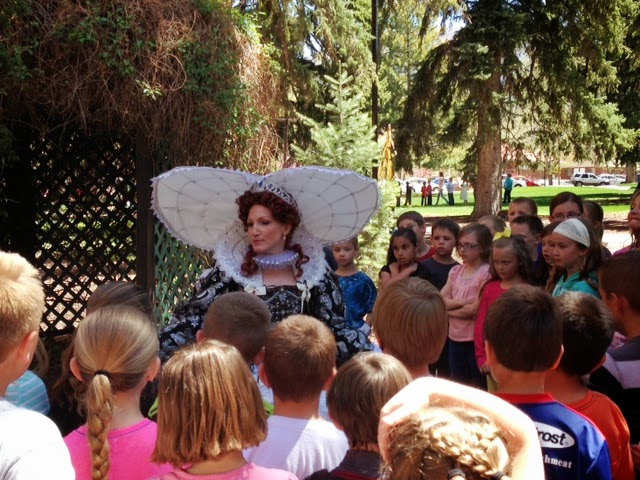
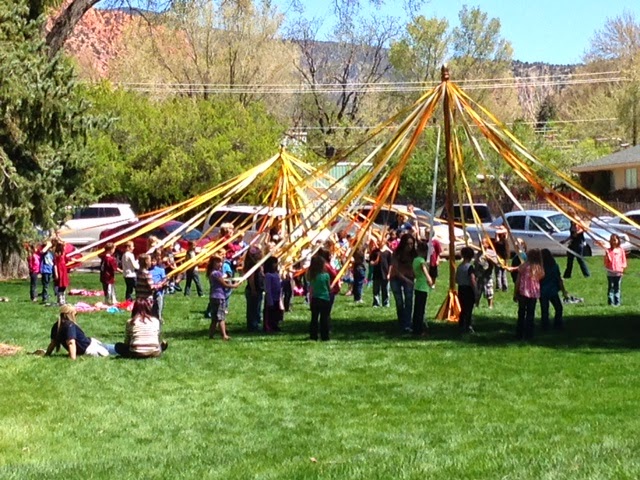
Birthday Cake with Queen Elizabeth
The Bard turned 450 years old this April and the Utah Shakespeare Festival celebrated in style with the annual Bard’s Birthday Bash. Over 1,200 elementary school students from Iron and Washington County were invited to the event on April 24 and 25.
This two-day event is an exciting and enthusiastic way of exposing kids to the life and works of William Shakespeare through their own performances, as well as by observing the efforts of other students. Students also participated in period activities such as jousting and maypole games, as well as enjoying cake with Queen Elizabeth I.
Even after 450 years, Shakespeare still has a strong impact and influential role in society and on people’s educational upbringing. Why is Shakespeare so prevalent and incorporated in school curriculum? Associate Education Director Josh Stavros expressed his views on the literary merit of the Bard by saying, “William Shakespeare’s work is considered and treated as the greatest literature in the English language. As soon as kids know it and experience it, the better learners they’ll become because Shakespeare encompassed every emotional experience human beings have.”
Dance around the Maypole
Shakespeare has permeated the Western culture and around every corner is a reference to his incredible works. His intellectually rich stories and characters have influenced several books, movies and TV shows. Even our everyday language has been shaped by the common phrases he originally coined*;* dead as a doornail, a laughing stock, fair play, a wild goose chase, neither here nor there, in stitches*,* just to name a few*.* For decades, Shakespeare has been the most frequently studied and performed playwright around the world.
“I think people are more engaged in the world around them when they can comprehend and appreciate Shakespeare,” said Stavros. “It’s our mission at the Festival to make sure everyone we encounter understands Shakespeare. We believe that when people grasp the power of his language that they’ll love it and become life long supporters.
Additionaly, members of the Utah Shakespeare Festival Playmakers and their families wished a happy 450th birthday to William Shakespeare as part of the Folger Shakespeare Library “Shakespeare Flashmob.”
http://www.youtube.com/watch?v=3P7HrC_JxsQ&feature=youtu.be
Happy birthday Will.
Happy Birthday Will!


Happy Birthday William Shakespeare!
Even after 450 years, Shakespeare still has a strong impact and influential role in society and on people’s educational upbringing.
Shakespeare has permeated the Western culture and around every corner is a reference to his incredible works. His intellectually rich stories and characters have influenced several books, movies and TV shows. Even our everyday language has been shaped by the common phrases he originally coined*: dead as a doornail, a laughing stock, fair play, a wild goose chase, neither here nor there, in stitches*, just to name a few. For a more complete list, check outhttp://www.phrases.org.uk/meanings/phrases-sayings-shakespeare.html
For decades, Shakespeare has been the most frequently studied and performed playwright around the world.
Shakespeare’s contemporary, Ben Jonson noted that, “He was not of an age, but for all time!” Four centuries later, Jonson’s words still ring true.
Here at the Festival, we are celebrating his birthday with our annual “Birthday Bash” for the school children of Iron County. Check back early next week for photos.
Happy birthday Will!
For information about our 2014 season, please visitwww.bard.org to learn about the plays and order tickets.


